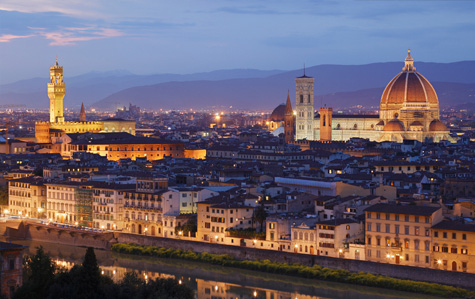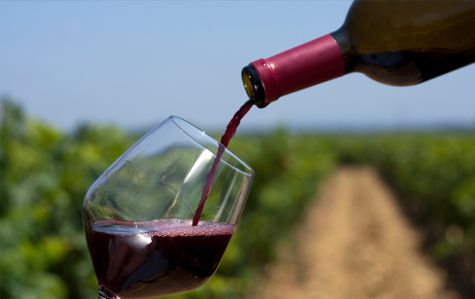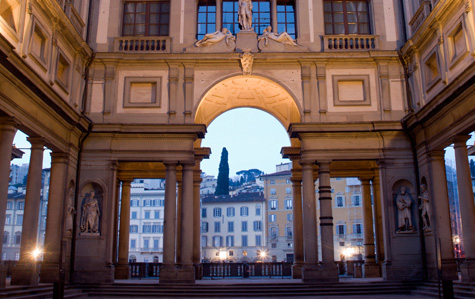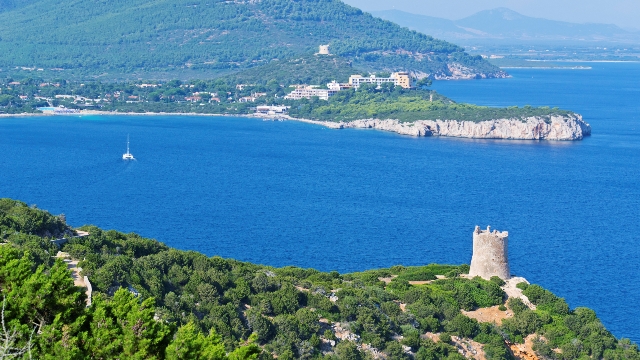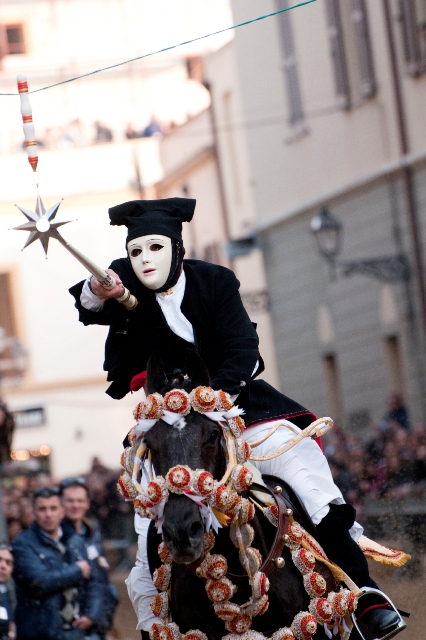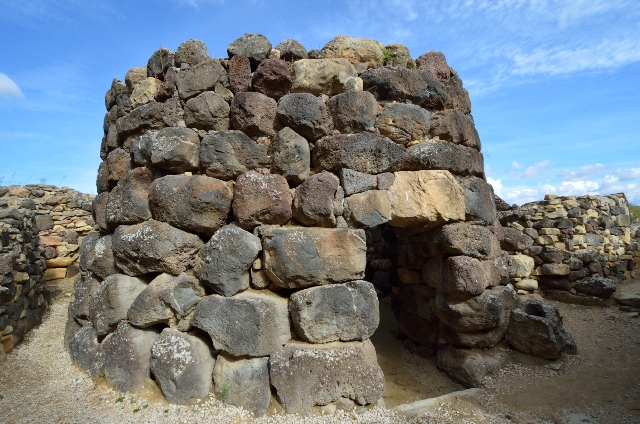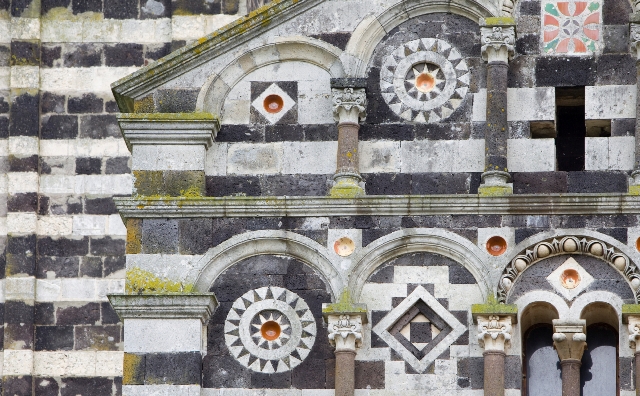Tour
SARDINIA
On Sardinia one can explore beautiful corners and experience a wonderful vacation. Not only the vegetation is different in the north and in the south, also the cultural customs and the inhabitants have adapted themselves to these different natural circumstances. With our tour you can throw a look in this various region and spend unforgettable days!
The famous Costa Smeralda and its island
Costa Smeralda is one of the most beautiful holiday’s areas of the world and a paradise for all those which gladly dive, to gulfs and sail. On the beautiful, rocky coast rocks and fine-sandy bays alternate. You visit the most famous small towns in the Costa Smeralda; Porto Rotondo and Porto Cervo. You have the occasion to saunter here along elegant shops up to the harbor where the beauties and empires put on their magnificent yachts or you can reach the church Stella Maris. The ascent is worthwhile, because not only a worth seeing painting of El Greco is in its inside, but you can enjoy from this hill a fantastic look of the harbor and the sea.
With the ferry you travel from Palau to the idyllic island La Maddalena. Once arrived in the harbor, you are in the principal place of the same name of the island which was created only in 1770 and today is suitable delightfully to the stroll. With a round trip around the approximately 50 km island you can find out that La Maddalena is really meager and stony and possesses only small bays, while is wooded about a bridge of La Maddalena from attainable neighboring island Caprera and has in the south sandy bays and gravel bays. The island Caprera is nearly uninhabited and became known mainly by the Italian national hero Garibaldi which had found here his last refuge place.
Gallura area and trip by historic train
Today you discover on the country road Gallura, the wild area in the north-east of Sardinia whose unaffected nature stands so completely in contrast to glittering worldliness of the Costa Smeralda.
Santa Teresa di Gallura is a graceful beach resort and exit harbor after Corsica. The city was always exposed to hostile attacks by its position in the most northern point of Sardinia. Proofs of it supply the remnants of a medieval castle and a powerful Spanish watch-tower from the 17th century.
Capo Testa lies not so far, a rock projection whose powerful granite blocks tower in bizarre forms on the strait "Bocche di Bonifacio". Now farther on the coastal road you reach the picturesque Castelsardo. Far visibly the houses of the small place cuddle up around the remnants of the old fortress.
Arzachena and Tempio Pausania and trip by historic train
On the way after Santa Teresa lies Arzachena where numerous examples of the Nuraghe culture were discovered, because here lay earlier the real centre of the northeast Gallura.
So here one finds the massive Nuraghe Albucciu and the gigantic grave Li Lolghi, monuments from prehistoric times.
Now in Arzachena you change in the historic train chartered for you and drive on the light railway Palau-Sassari to Tempio Pausania. Folkloric guitar song primes the trip by regional delightful area, past in the picturesque Lago del Liscia and further in the interior where the nature more and more differs from the coastal regions.
Tempio Pausania is the historic capital of the Gallura and is surrounded from thick cork oak forests. The place possesses not only a contemplative oldest part of the town core with houses from bright granite, but is at the same moment a Sardinian centre of the cork production.
After a lunch with Sardinian specialties of the region you visit a workshop in which you experience how the bark of the oaks is processed to cork. As a high-quality natural product the cork is used in a lot of areas, by bottle cork, for shoe industry as far as grounds and wallpaper.
Alghero and the Neptune Grotta
This morning you leave the Costa Smeralda and drive towards Alghero. First you go to "Capo Caccia", the most extreme point of the tongue of land before Alghero. Here you visit the Neptune Grotta, the most beautiful cave of Sardinia with a length of over 1 kilometer, the biggest natural cave of the Mediterranean. As well impressive as the cave itself, it is incidentally the way there: on more than 600 steps the stair Escala del Cabirol of the cape Caccia leads to the cave down. Who wants, can start the way back through the stair, otherwise a boat is available to bring you along the beautiful coast from the Grotta to Alghero.
The city Alghero is characterized, first of all, by the Catalan supremacy. Even today many street signs are bilingual and the majority of the population speaks Italian and Catalan. The picturesque harbor and the beautiful oldest part of the town are controlled by powerful bulwarks and city walls. Today Alghero is the centre for the production of beautiful coral jewels. You will be able to observe the processing on the spot in an enterprise.
Afterwards visit of the wine cellar Sella and Mosca, the most famous wine production of the island, where you will of course taste the wine!
The south island - Sant'Antioco.
This morning you first drive along the beautiful south coast of Sardinia. You will have wonderful views of bays and sea. Near to Chia the Saracen tower Torre di Chia and the remnants of the city Bithia, probably lies from the 8th century B. C. till the Roman emperor's was inhabited. Now through the dam created by the Carthaginians you get on the island Sant'Antioco. The ancient Sulcis, known today as Sant’Antioco, is of great historical and archaeological interest – It holds evidence of important archaeological ruins belonging to several civilizations. The main sight is tophet in which the Phoenicians probably sacrificed first-born children. You can see a Hebrew tablet and a necropolis as well as the medieval church of Sant’Antioco with its catacombs.
…. and San Pietro
From the fishing village Calasetta you take the ferry to the neighboring island San Pietro. This is of volcanic origin and a world for itself. In the cheerful fishing harbor Carloforte with beautiful houses in white and pastel sounds you will have lunch. Afterwards you still have time for a walk along the harbor promenade full of palm tree and then up to the fortress. Now you take the ferry from Carloforte to Portoscuse and go through Iglesias back to Santa Margherita di Pula.
The capital discover: Cagliari
It is a pulsating city which can show a high-interesting history. From the harbor it goes first along the busy via Roma, along the town hall and then the splendid boulevard Largo Carlo Felice up until the Castle. The castle from the 13th century was long time a kind of small city within the city. A little bit farther lies the Bastion San Remy and the view terrace Terrazza Umberto from whom you have a beautiful look at the city and the harbor. After this walk you have the opportunity to discover the city yourself, to make a little purchases or to drink a cappuccino in the oldest café of the city, the Antico Caffè on Piazza Costituzione, right in the heart of the city.
Between the harbor and the castle, there is the Marina, the old dockland. Even if here the alleys are closely and dusky and the plaster of the facades crumbles, rules busy floating.
High about the city there is the citadel of the museums which is interesting not only because of the issued cultural treasures, but also for its subtropical gardens and its wonderful view of lagoons and salt lakes. Unforgettably is also a stroll at the fish market Cagliaris, the Mercato di San Benedetto.
Along the east coast
First of all, on the eastern side of the most beautiful panoramic distances in the south of the island, winds the street around innumerable bays - contrasts of white and rust-red rock, turquoise to ink-blue sea, steep capes with old military pilings and nice smelling Macchia. You go along the Panorama street towards Villasimius, a small herdsman's village and fishing village and then farther to Muravera which is known for its citrus fruits cultivation, until the gulf of Orosei.
The Barbagia area
This morning you go through the area of the "Barbagia". This beautiful nature of the region is the homeland of the Sardinian herdsman's people since centuries. These extremely proud and brave herdsmen can be limited by no foreign rule or government and, therefore, were called already by the Romans as "barbarians". In the midst of this mountainous area lies the capital of the Barbagia Nuoro.
This village developed itself at the feet of the almost 1.000 m high Monte Ortobene to an exuberant provincial centre. One must for all which are interested in Sardinian culture is the ethnic studies museum with national costumes and art profession from nearly all parts of the island.
The city of the Murales
You leave the city and go further in the lonely mountainous region of the Supramonte in direction of Orgosolo. Here you will take together with herdsmen a rural lunch. Afterwards you still visit Orgosolo, the most famous village of Sardinia. Here the inhabitants have provided their houses with numerous Murales (wall paintings) and have taken up with it political subjects in artistic way.
A look in the neighbor Corsica
Bonifacio-Ajaccio
From Santa Teresa di Gallura to Bonifacio on Corsica, there are only 12 km. The ferry takes just one hour. Bonifacio welcome us with a sensational look: the oldest part of the town lies in a dizzy height on an overhanging white chalk cliff which is more imposingly from the sea above. The harbor is up in the high city. You enjoy wonderful views of the sea again with a stroll through old streets.
From Bonifacio leads the distance along the most beautiful coast, the west coast. Again you see incomparable bays and beaches. Soon you reach Sartène which has given its name to one of the southern-Corsican dialects. Many stairs and close alleys let appear the oldest part of the town like a labyrinth.
Further you reach Ajaccio, the hometown of Napoleon Bonaparte. Its city atmosphere with Wide Boulevard welcomes you, together with cafés, restaurants and the usual busy doing of the biggest city of the island.
Les Calanches-Bastia
The current trip leads us in a fairy tale forest from stone to the west coast of the island, in the Calanche, between Ajaccio and Porto. In this cliff landscape you can observe, dependent on the lighting conditions of the time of day, the most different colors games of the fantastic rock formations. A forest from purple granite: tops, pillars, towers, surprising figures, from the time and the gnawing wind models. The Gorges de Spelunca are a formidable sight, with bare orange granite walls, are the deepest ravine of Corsica, and the mountain Col de Vergio you drive by the outback of the island towards Bastia.
S. Florent
Half-day excursion to Nebbio and Saint Florent. The place lies on a wonderful bay. Beautiful lookout points lie with the panorama street on the Col de Teghime, from which we look down at Bastia, the Etang de Biguglia and the gulf of Saint Florent. Walk through the oldest part of the town to the rests of the old Genoese town. A beautiful footpath leads us to the Romanesque cathedral Santa Maria Assunta. Saint Florent is the starting point of a beautiful coast path which leads along the Côte of the Agriates and was put in its overall length of 40 kms entirely under preservation of the countryside.


